Arun Patro
Intelligent Warehouse Allocator for Optimal Regional Utilization
Jul 09, 2020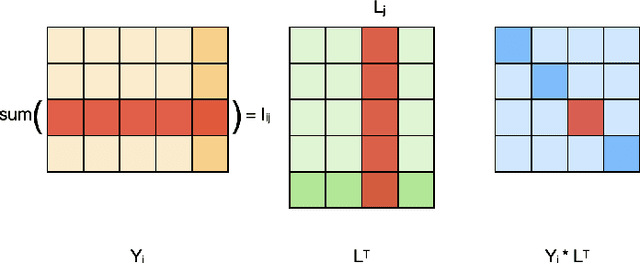

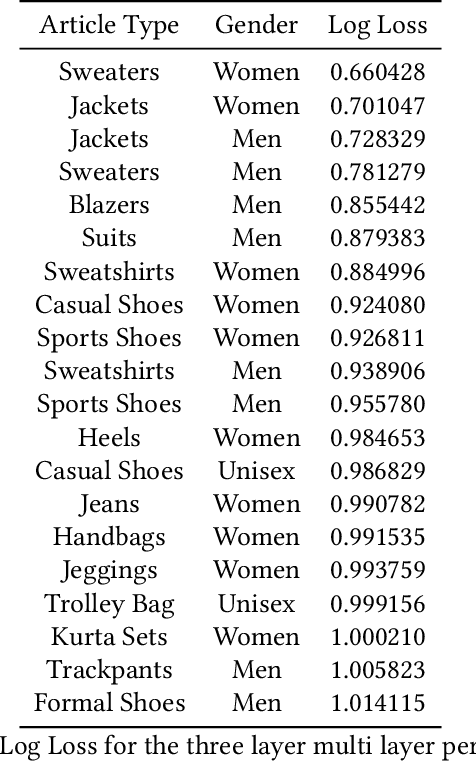
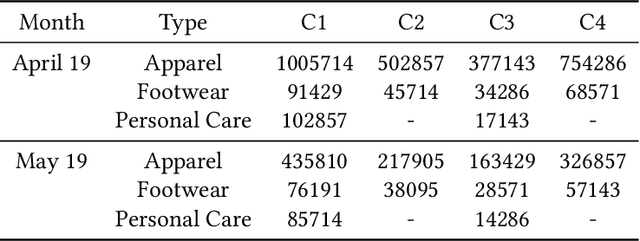
Abstract:In this paper, we describe a novel solution to compute optimal warehouse allocations for fashion inventory. Procured inventory must be optimally allocated to warehouses in proportion to the regional demand around the warehouse. This will ensure that demand is fulfilled by the nearest warehouse thereby minimizing the delivery logistics cost and delivery times. These are key metrics to drive profitability and customer experience respectively. Warehouses have capacity constraints and allocations must minimize inter warehouse redistribution cost of the inventory. This leads to maximum Regional Utilization (RU). We use machine learning and optimization methods to build an efficient solution to this warehouse allocation problem. We use machine learning models to estimate the geographical split of the demand for every product. We use Integer Programming methods to compute the optimal feasible warehouse allocations considering the capacity constraints. We conduct a back-testing by using this solution and validate the efficiency of this model by demonstrating a significant uptick in two key metrics Regional Utilization (RU) and Percentage Two-day-delivery (2DD). We use this process to intelligently create purchase orders with warehouse assignments for Myntra, a leading online fashion retailer.
Teaching DNNs to design fast fashion
Jul 03, 2019
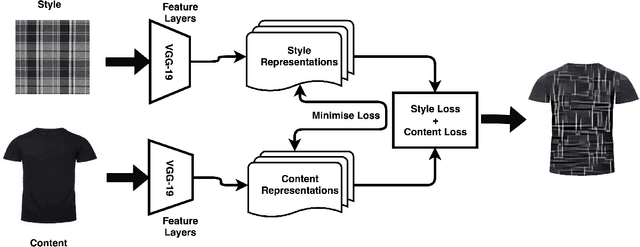
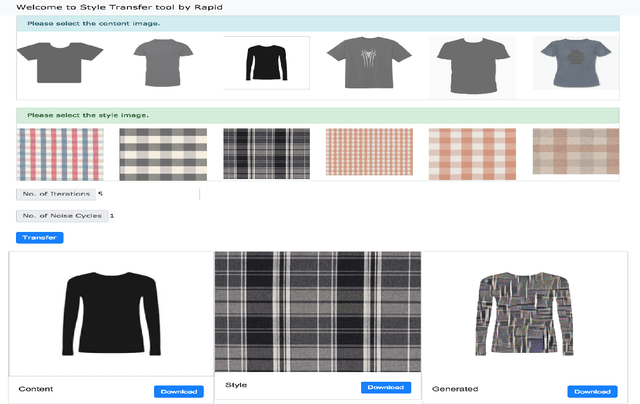
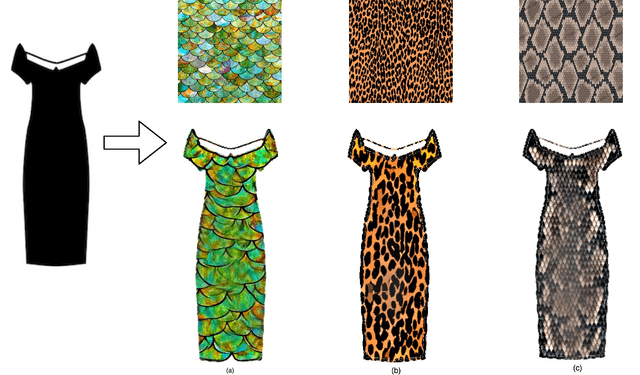
Abstract:$ $"Fast Fashion" spearheads the biggest disruption in fashion that enabled to engineer resilient supply chains to quickly respond to changing fashion trends. The conventional design process in commercial manufacturing is often fed through "trends" or prevailing modes of dressing around the world that indicate sudden interest in a new form of expression, cyclic patterns, and popular modes of expression for a given time frame. In this work, we propose a fully automated system to explore, detect, and finally synthesize trends in fashion into design elements by designing representative prototypes of apparel given time series signals generated from social media feeds. Our system is envisioned to be the first step in design of Fast Fashion where the production cycle for clothes from design inception to manufacturing is meant to be rapid and responsive to current "trends". It also works to reduce wastage in fashion production by taking in customer feedback on sellability at the time of design generation. We also provide an interface wherein the designers can play with multiple trending styles in fashion and visualize designs as interpolations of elements of these styles. We aim to aid the creative process through generating interesting and inspiring combinations for a designer to mull by running them through her key customers.
 Add to Chrome
Add to Chrome Add to Firefox
Add to Firefox Add to Edge
Add to Edge